The practice of feeding live animals to reptile pets has long been a controversial topic among herpetologists, veterinarians, and pet owners alike. While some argue it mimics natural feeding behaviors, the ethical concerns and potential risks to both predator and prey have led many reptile enthusiasts to seek humane alternatives. Modern understanding of reptile nutrition, combined with advances in food preparation techniques, has opened up numerous options that satisfy both the nutritional needs of reptiles and the ethical considerations of their human caretakers. This article explores the various ethical alternatives to live feeding, providing reptile owners with comprehensive information to make informed decisions about their pets’ diets.
Understanding the Live Feeding Debate

Live feeding—the practice of offering living prey animals to captive reptiles—remains contentious within the reptile-keeping community. Proponents argue that it stimulates natural hunting behaviors and provides environmental enrichment that pre-killed prey cannot match. However, the practice raises significant ethical questions about the welfare of prey animals, which may experience substantial stress and suffering before and during predation.
Additionally, live prey can injure reptiles through defensive biting or scratching, sometimes resulting in serious wounds that require veterinary attention. These competing perspectives have fueled ongoing discussions about responsible reptile husbandry and the balance between natural behavior and ethical treatment of all animals involved.
Pre-killed Prey: The Primary Alternative
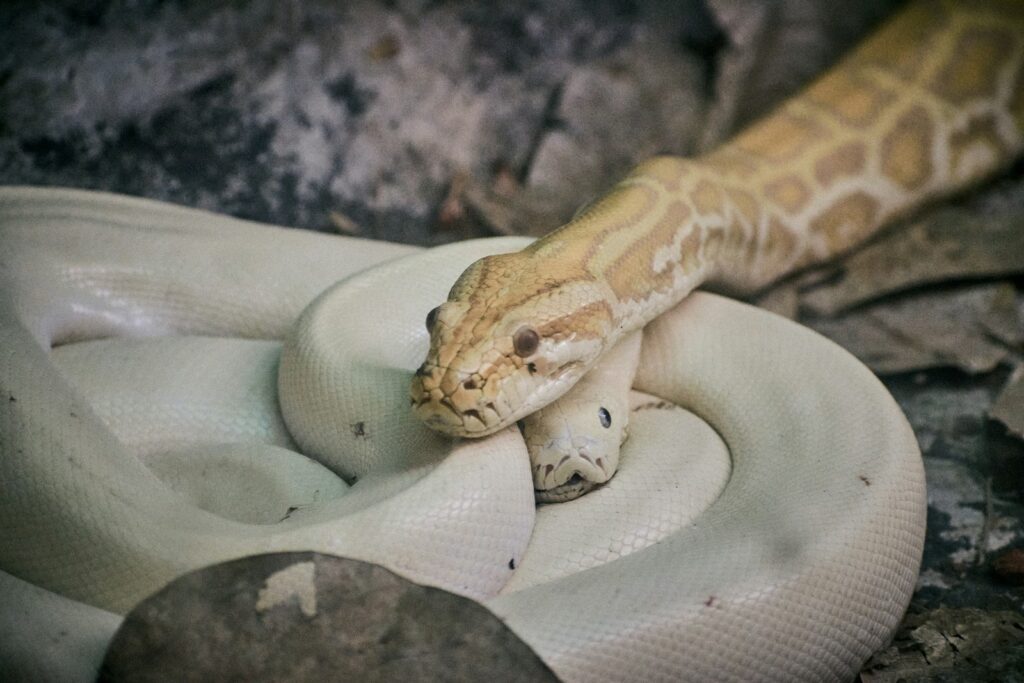
Pre-killed prey represents the most direct alternative to live feeding while maintaining a natural diet. This method involves humanely euthanizing prey animals before offering them to reptiles, eliminating both the suffering of prey and the risk of injury to predators. Many commercial suppliers now offer frozen rodents and other prey animals that have been humanely euthanized according to veterinary guidelines.
These pre-killed items can be thawed, warmed to appropriate temperatures, and presented to reptiles using tongs or other tools to simulate movement. Research indicates that most captive reptiles readily accept pre-killed prey with proper training and presentation techniques, challenging the notion that live prey is necessary for feeding success.
Commercially Prepared Reptile Foods

The market for specialized reptile nutrition has expanded dramatically in recent years, offering numerous commercially prepared alternatives that eliminate the need for vertebrate prey entirely. Companies now produce nutritionally complete diets in various forms, including pellets, canned foods, and freeze-dried options specifically formulated for different reptile species. These products typically contain precise balances of proteins, fats, vitamins, and minerals tailored to meet the dietary requirements of specific reptiles.
Many commercial preparations incorporate insect proteins, plant materials, and synthetic nutrients to create balanced alternatives that support long-term health. For some reptile species, particularly omnivorous or herbivorous ones, these prepared foods can constitute a complete diet without supplementation.
Insect-Based Diets for Carnivorous Reptiles
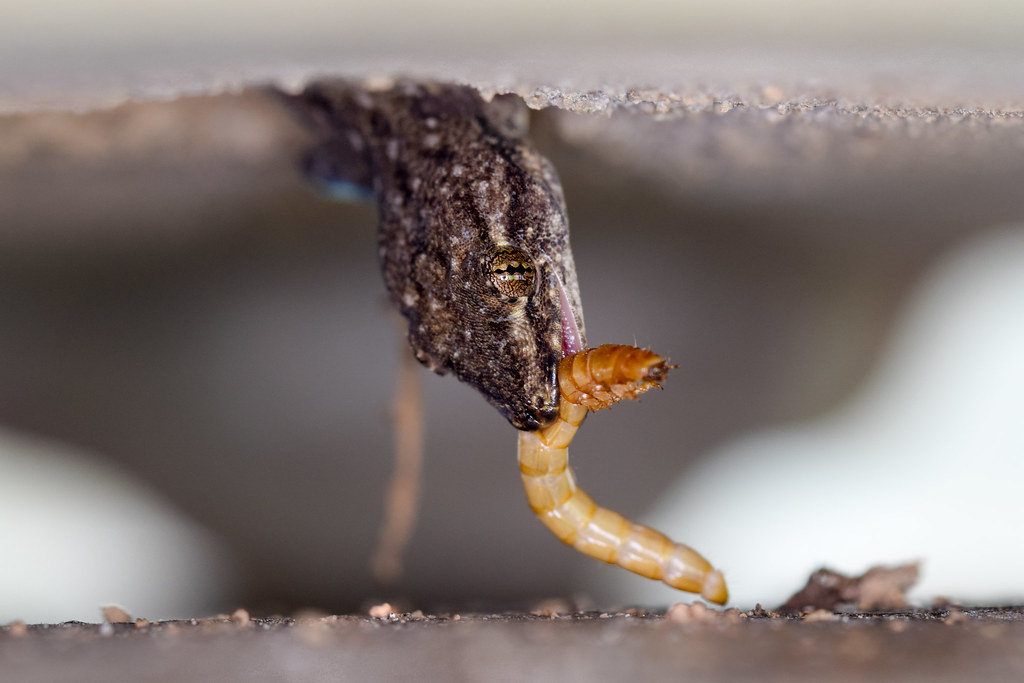
For many smaller reptile species, commercially raised insects can provide a complete and ethical protein source that eliminates the need for rodent or vertebrate prey. Common feeder insects include crickets, mealworms, superworms, dubia roaches, black soldier fly larvae, and silkworms, each offering different nutritional profiles to meet various dietary needs. These insects can be purchased live but pose minimal welfare concerns compared to vertebrate prey, and many are now available in canned, freeze-dried, or prepared formulations.
The nutritional value of feeder insects can be enhanced through a practice called “gut-loading,” where insects are fed nutrient-rich diets before being offered to reptiles. Additionally, dusting insects with calcium and vitamin supplements ensures reptiles receive complete nutrition comparable to what they would obtain from vertebrate prey.
Specialized Feeding Techniques
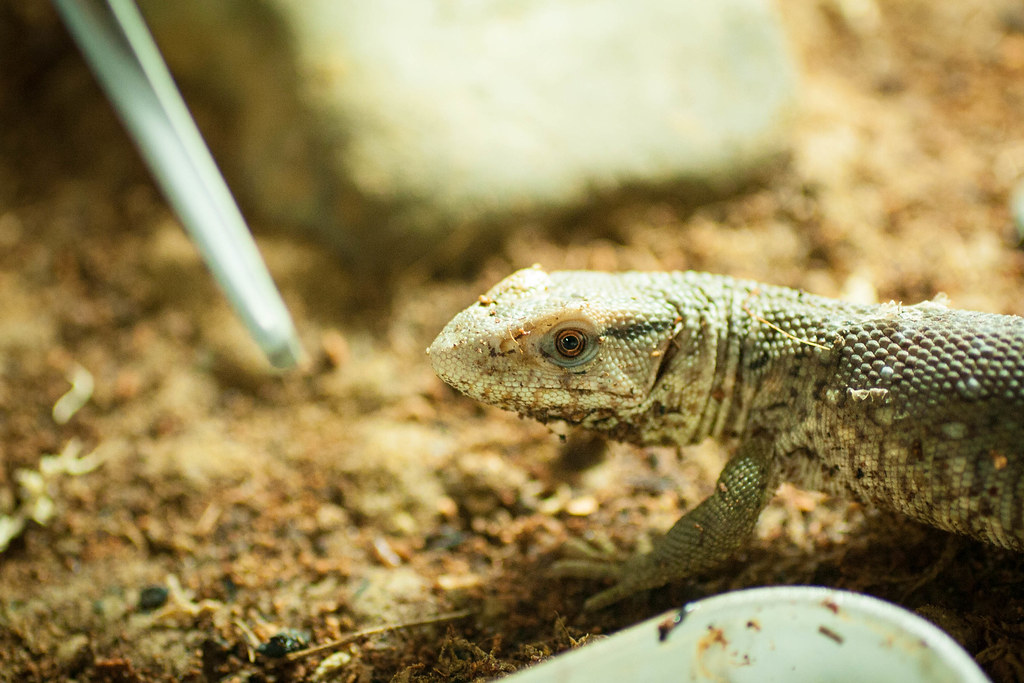
Beyond alternative food sources, specialized feeding techniques can make pre-killed prey more appealing to reptiles accustomed to hunting live animals. Tong-feeding using specialized reptile feeding tools allows owners to mimic the movement of live prey, triggering the feeding response in reptiles without endangering either animal. Some reptile keepers use scenting techniques, applying traces of prey scent to pre-killed items to increase their attractiveness to reptiles with strong prey-detection instincts.
For particularly resistant feeders, specialized feeding chambers—enclosures used exclusively for feeding—can create associations that help reptiles transition from live to pre-killed prey. These behavioral approaches recognize that feeding is not just about nutrition but also about satisfying psychological hunting behaviors in captive reptiles.
Plant-Based Options for Omnivorous and Herbivorous Reptiles
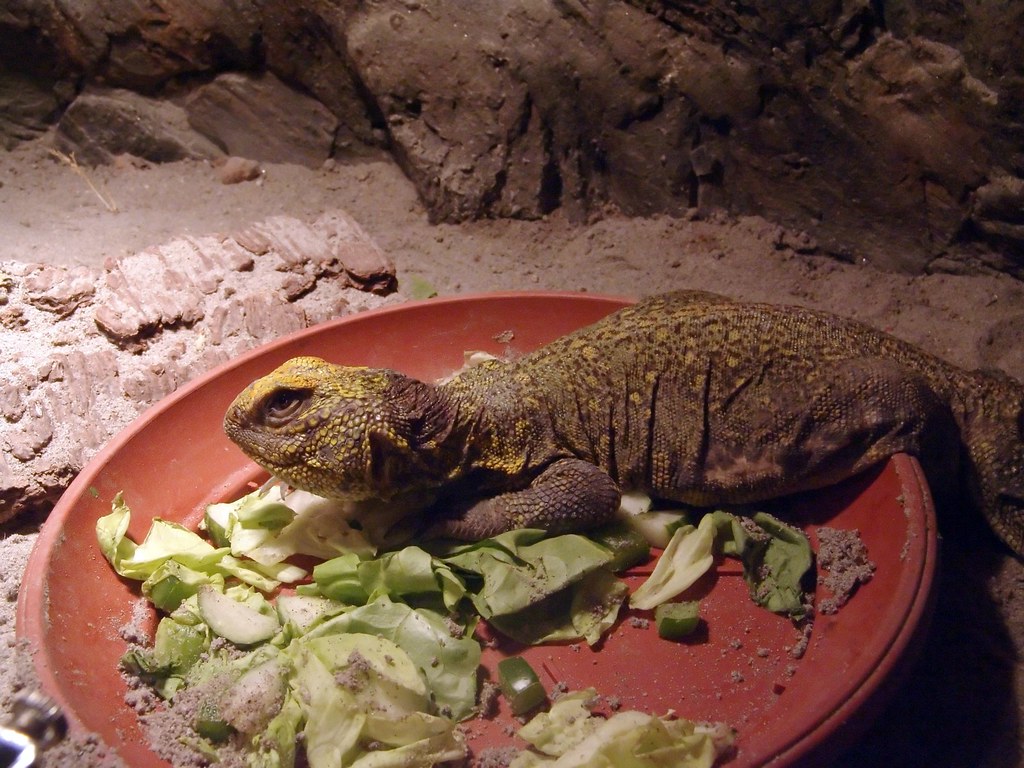
Many reptile species, including numerous popular pet lizards, tortoises, and some turtles, naturally consume plant material as part or all of their diet. For these species, carefully prepared vegetable, fruit, and leafy green mixtures can provide complete nutrition without any animal-based components. Species like bearded dragons, uromastyx lizards, and most tortoises thrive on diets composed primarily of dark leafy greens, vegetables, herbs, and occasional fruits.
Commercial reptile salad mixes, designed specifically for herbivorous reptiles, offer convenient alternatives that provide balanced nutrition in an accessible format. For these reptiles, ethical feeding concerns center more around providing appropriate variety and nutrient balance rather than the welfare issues associated with live prey.
Nutritional Supplementation Strategies
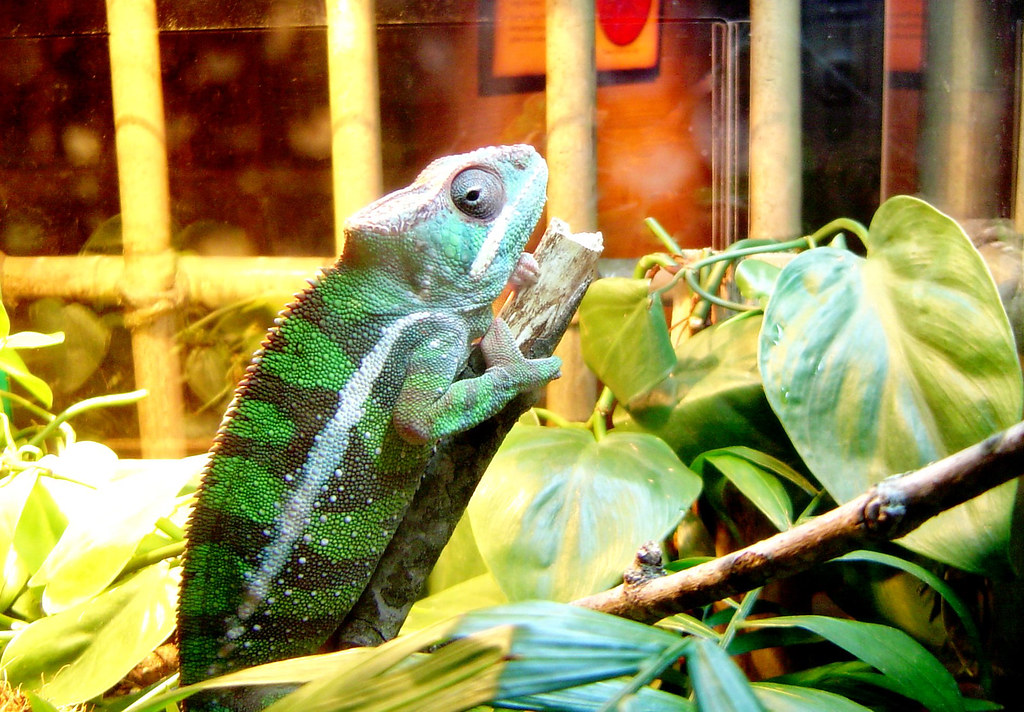
Regardless of the feeding method chosen, nutritional supplementation plays a crucial role in maintaining reptile health when transitioning away from live prey. Calcium supplementation is particularly critical for captive reptiles, as calcium deficiency can lead to metabolic bone disease—a common and serious condition in captive reptiles. Vitamin D3 supplements help reptiles properly metabolize calcium, especially for animals without adequate UVB light exposure.
Multivitamin formulations designed specifically for reptiles can help ensure that all micronutrient needs are met when transitioning to alternative feeding methods. Working with a veterinarian experienced in reptile nutrition can help owners develop appropriate supplementation protocols that complement their chosen feeding strategy.
Transitioning Reluctant Feeders
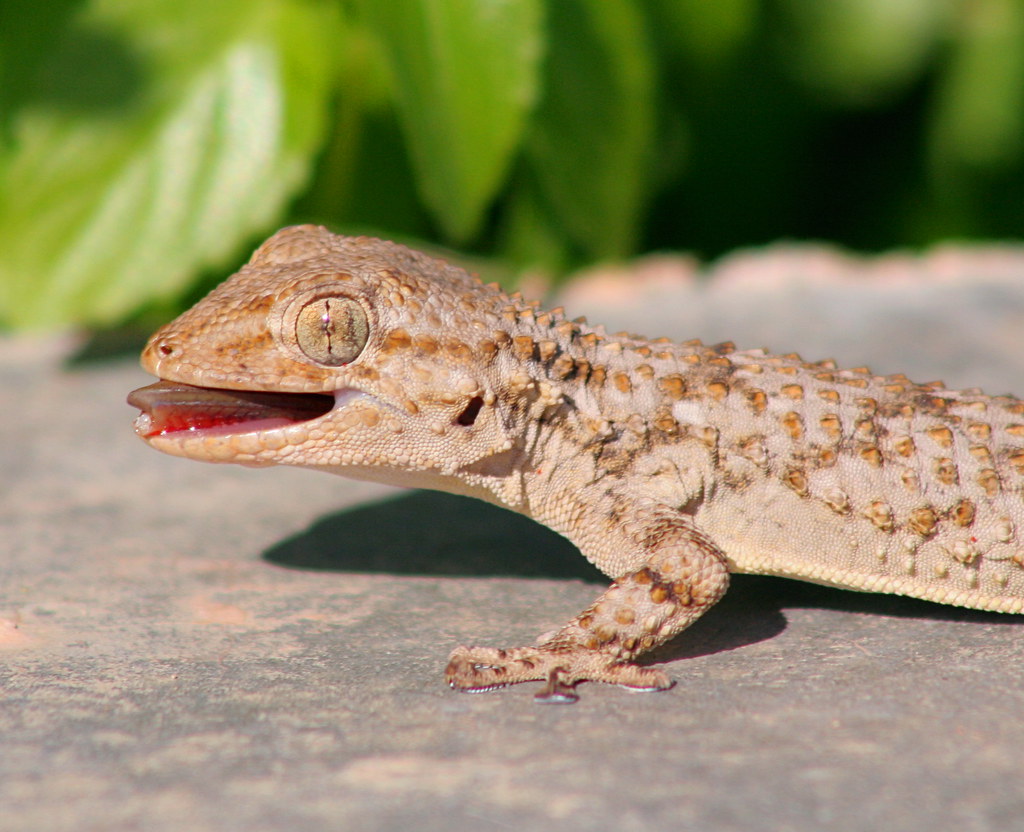
One of the most common challenges when moving away from live feeding is managing reptiles that initially refuse alternative food sources. Successful transitions typically require patience and incremental changes rather than abrupt diet modifications. Some reptile keepers find success with “assist feeding” techniques, where pre-killed prey is moved manually to stimulate the reptile’s feeding response.
For particularly stubborn cases, “braining” (exposing brain material of pre-killed prey) or other scenting techniques can make alternative foods more appealing by enhancing odor cues. Environmental factors like temperature, humidity, and timing of feeding attempts significantly impact feeding success, with many reptiles showing stronger feeding responses under specific conditions that mirror their natural habits.
Species-Specific Considerations
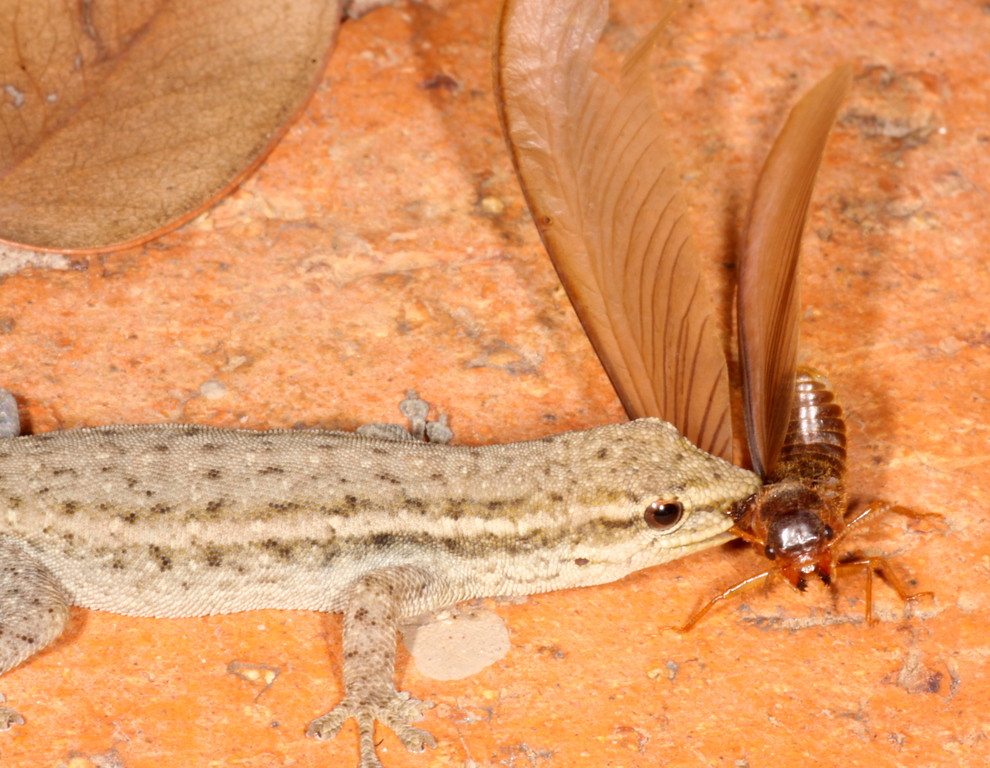
Different reptile species vary dramatically in their feeding requirements and adaptability to alternative food sources. Snakes, particularly specialized feeders like ball pythons, may require more gradual transitions and specialized techniques when moving away from live prey. Lizards demonstrate considerable variation, with insectivores like leopard geckos adapting well to pre-killed insects, while omnivores like bearded dragons readily accept properly prepared plant and insect combinations.
Aquatic turtles often transition easily to commercial turtle pellets supplemented with appropriate vegetables and occasional protein sources. Understanding the natural dietary preferences and feeding behaviors of a specific species is essential when developing ethical feeding protocols that support both physical and psychological well-being.
Addressing Hunting Behavior and Enrichment
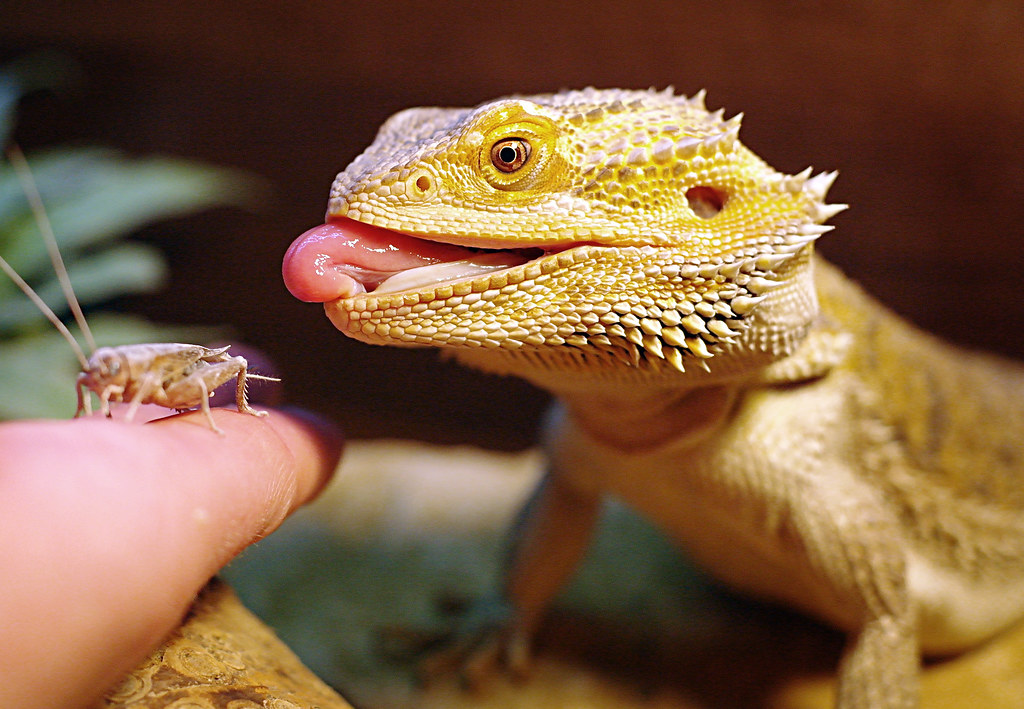
Critics of alternative feeding methods often cite the loss of hunting enrichment as a primary concern when eliminating live prey. However, innovative keepers have developed numerous enrichment strategies that stimulate natural hunting behaviors without requiring live vertebrate prey. Puzzle feeders designed specifically for reptiles can encourage active foraging behaviors and mental stimulation. Moving food items with tongs or specialized feeding tools simulates prey movement and triggers natural hunting responses.
Environmental enrichment, including varied terrarium layouts and climbing opportunities, provides alternative stimulation that complements modified feeding practices. Research indicates that many reptiles remain behaviorally healthy and active with these alternative enrichment strategies, challenging the assumption that live prey is necessary for psychological well-being.
Legal and Ethical Frameworks
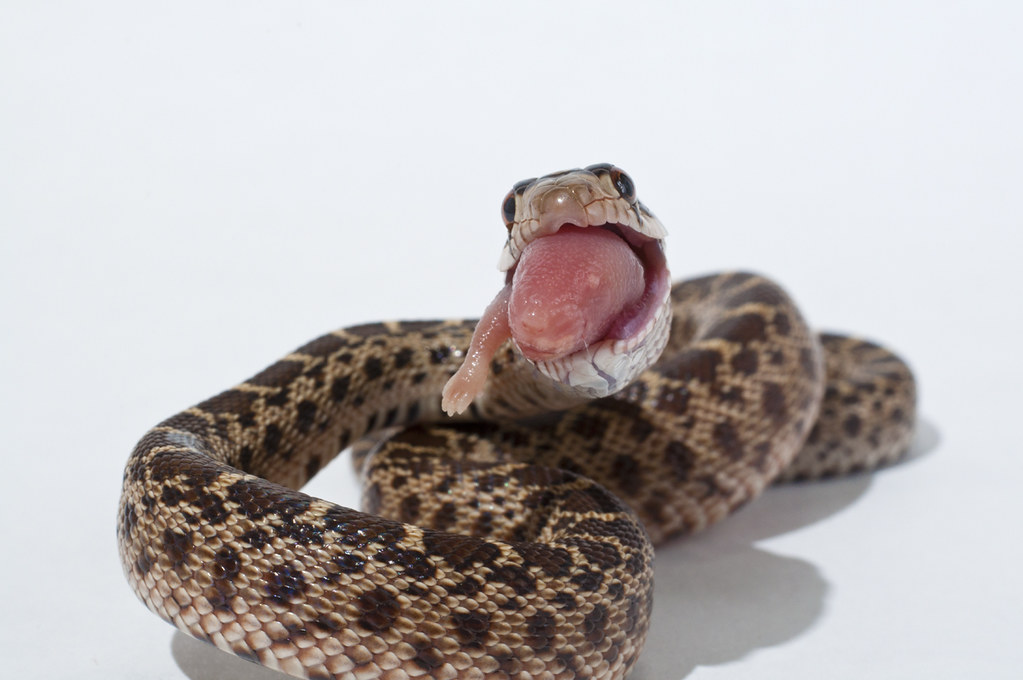
Beyond personal ethics, reptile keepers should be aware of the legal considerations surrounding feeding practices. Several countries and jurisdictions have enacted legislation restricting or prohibiting live vertebrate feeding, particularly when done for entertainment rather than necessity. Animal welfare organizations globally have established guidelines that generally recommend pre-killed prey whenever possible, with live feeding considered only as a last resort for medically necessary situations.
Professional herpetological organizations increasingly promote ethical feeding alternatives in their care guidelines and educational materials. Staying informed about both legal requirements and evolving ethical standards helps reptile keepers navigate these complex issues responsibly.
Working with Veterinary Professionals
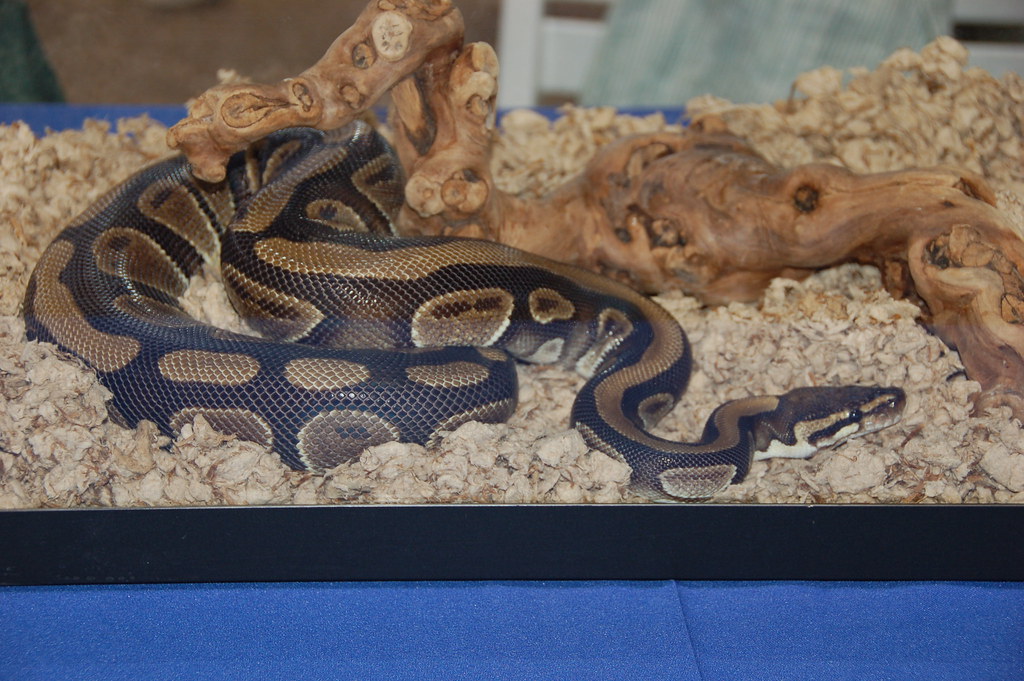
Veterinarians specializing in exotic animals can provide invaluable guidance when transitioning reptiles to alternative feeding methods. These professionals can offer species-specific advice based on current nutritional science and clinical experience with similar cases. They can help monitor reptile health during dietary transitions through physical examinations and, when necessary, diagnostic testing to ensure nutritional needs are being met.
For particularly challenging cases, veterinarians may recommend specialized approaches or temporary supportive care to maintain health during the transition period. Building a relationship with a knowledgeable reptile veterinarian provides owners with ongoing support and helps ensure that ethical feeding choices don’t compromise animal health.
The Future of Ethical Reptile Nutrition
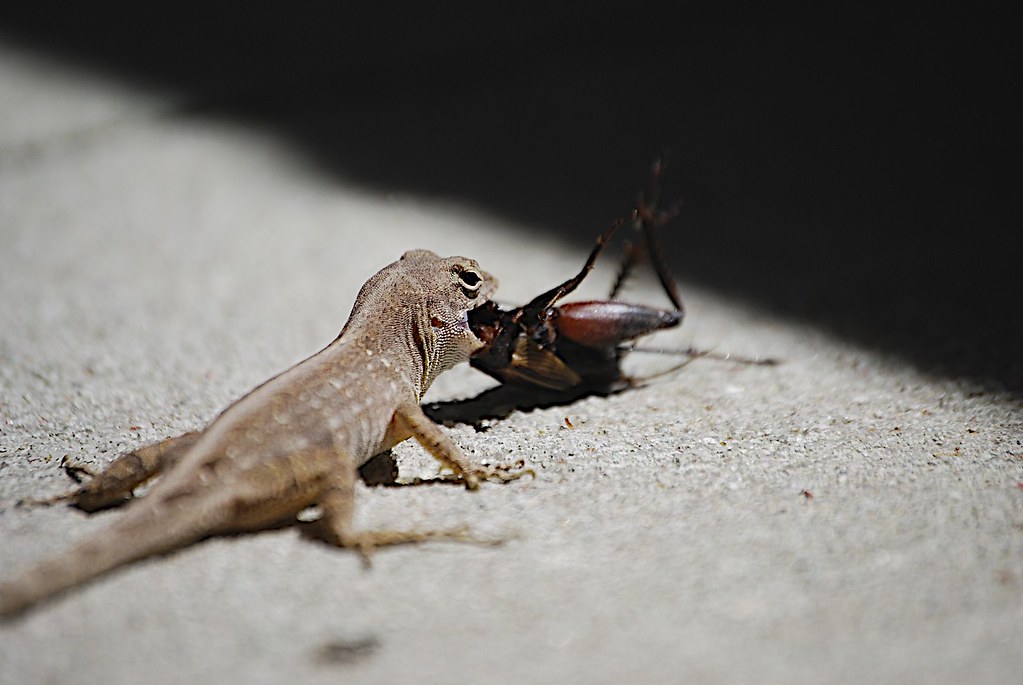
Research in reptile nutrition continues to advance, promising even more sophisticated ethical feeding options in the future. Emerging technologies in food processing are creating increasingly realistic alternatives that mimic the texture, scent, and nutritional profile of natural prey. Scientific studies examining the long-term health outcomes of reptiles on various alternative diets are providing evidence-based guidelines for optimal nutrition without live feeding.
The growing community of ethical reptile keepers is driving market demand for innovative products that balance animal welfare with excellent nutrition. As our understanding of reptile physiology, nutrition, and behavior continues to evolve, the case for ethical feeding alternatives becomes increasingly compelling from both welfare and scientific perspectives.
Moving away from live feeding represents a thoughtful evolution in reptile husbandry that acknowledges our responsibility toward all animals in our care. By implementing the alternatives discussed in this article, reptile keepers can provide excellent nutrition while minimizing ethical concerns.
Whether choosing pre-killed prey, commercial formulations, or specialized feeding techniques, today’s reptile owners have numerous options that support both the physical health of their pets and their own ethical values. With patience, education, and appropriate veterinary support, the vast majority of captive reptiles can thrive on these humane alternatives, demonstrating that ethical considerations and excellent reptile care can go hand in hand.



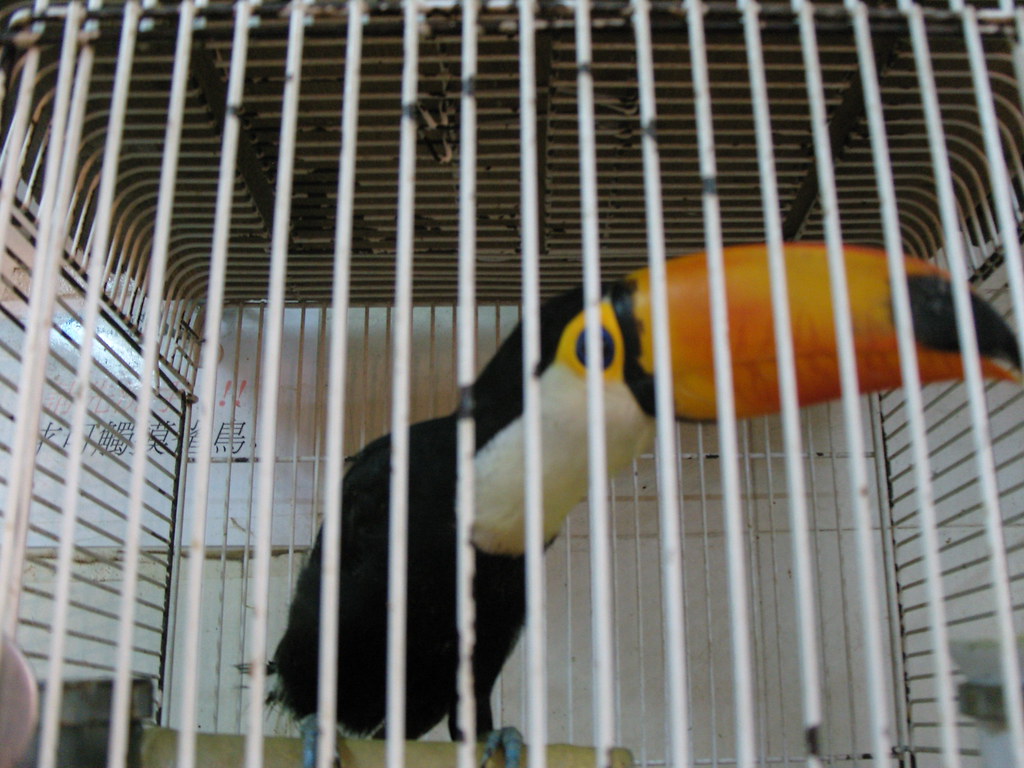
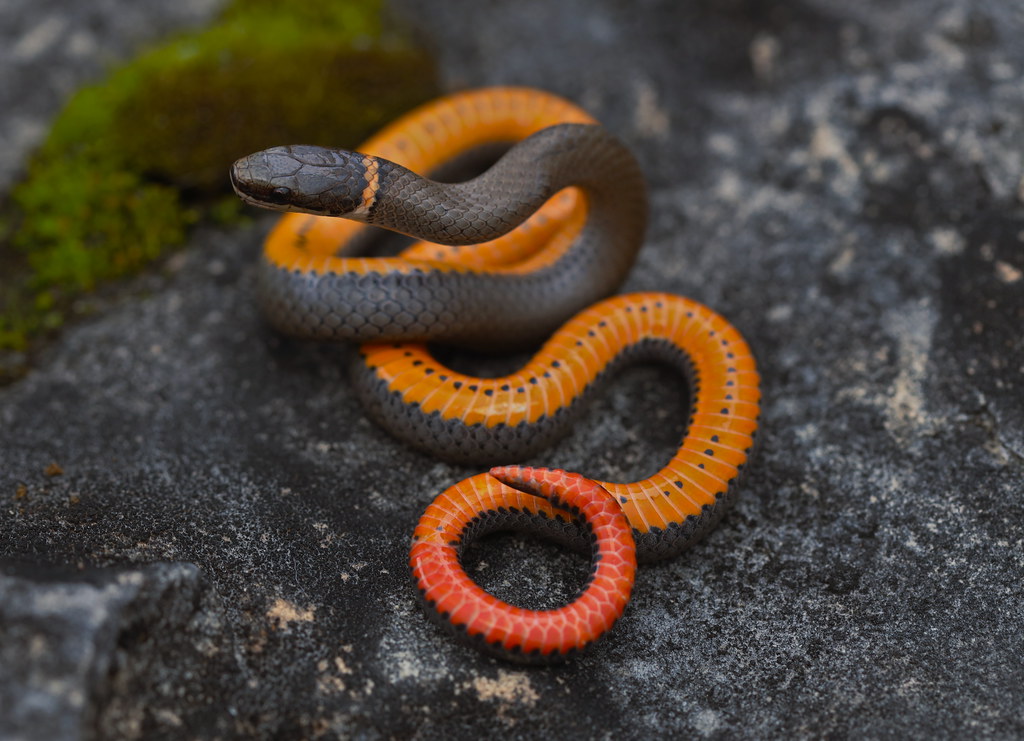
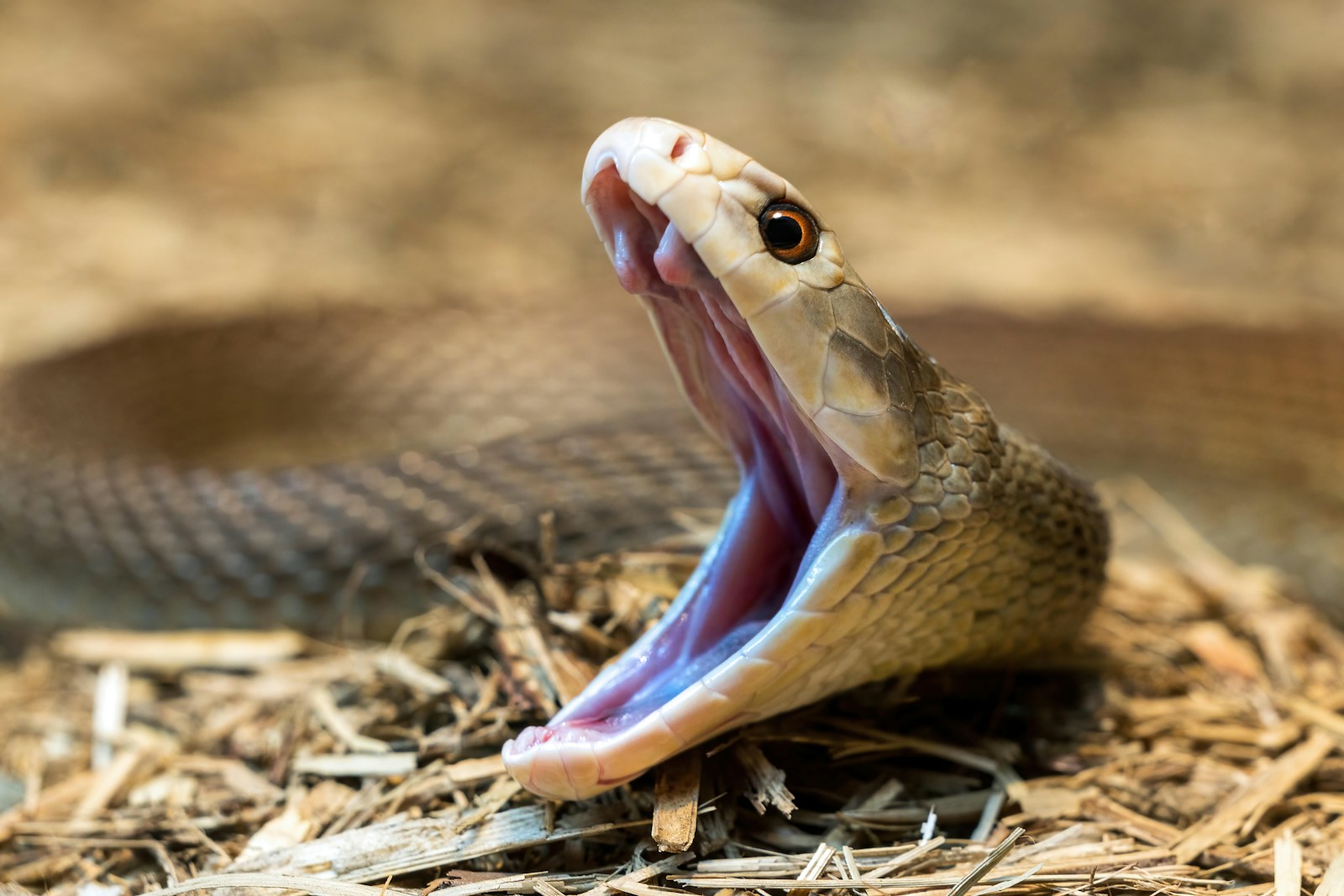
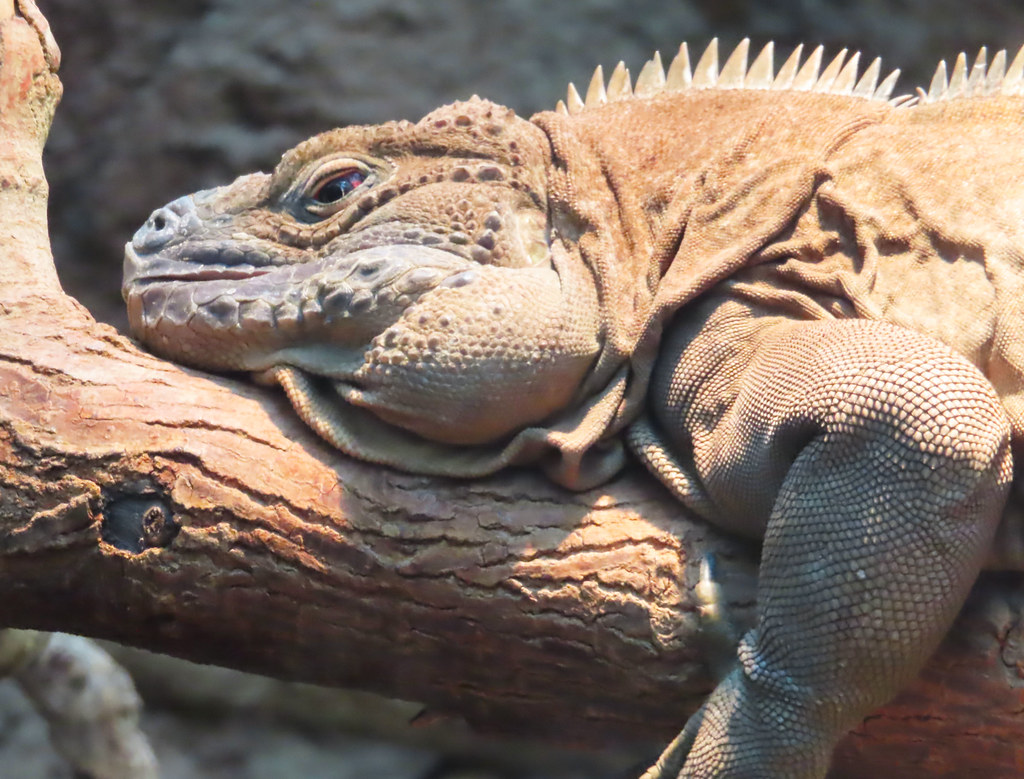

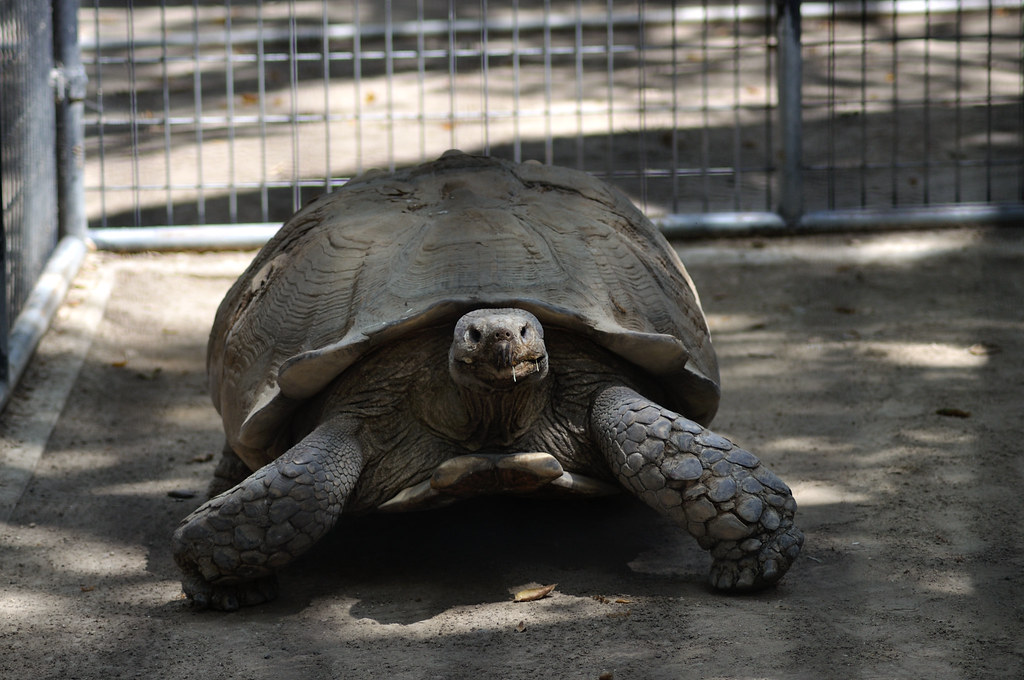
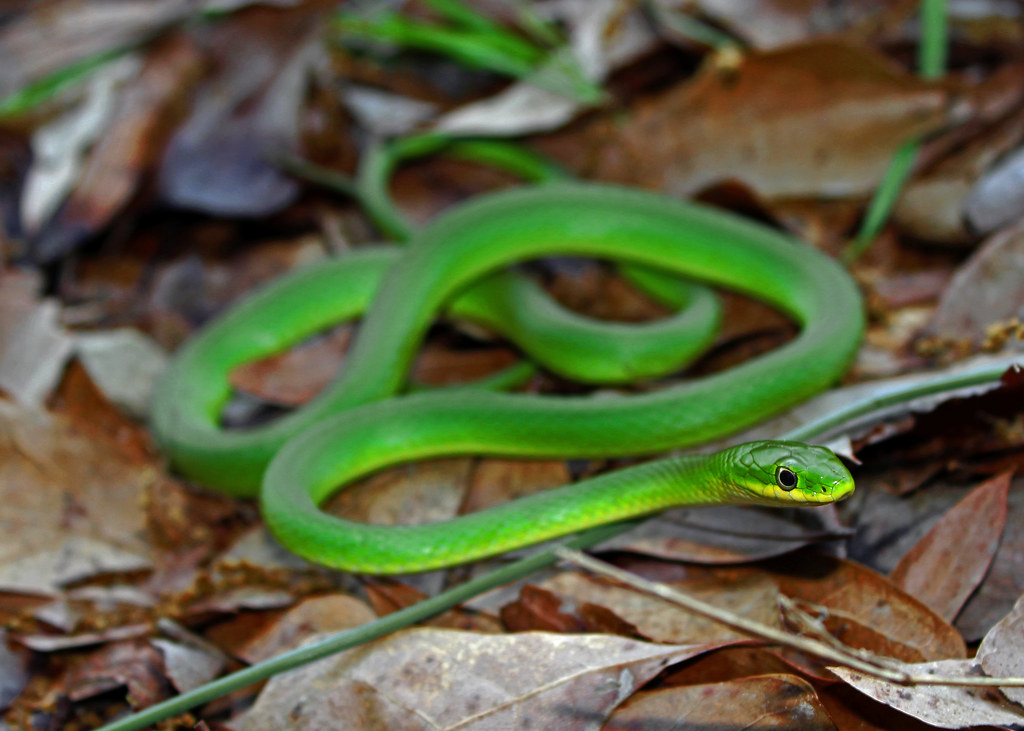





Leave a Reply